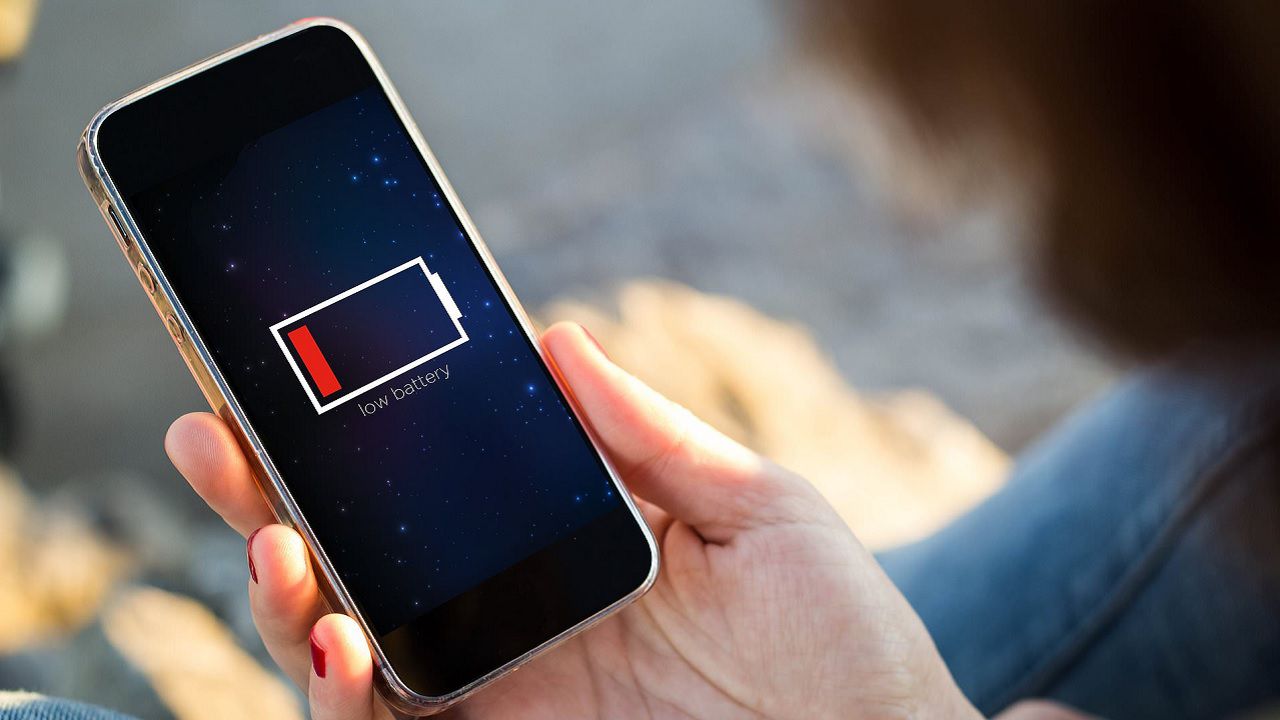One of the most important aspects of a smartphone, the characteristic that for many is fundamental in the purchase phase, is certainly autonomy. In fact, there are people who are always on the move and can hardly charge their mobile device during the day. Sure, there are power banks, but these can be uncomfortable in certain contexts.
Well, after bringing you into the world of economic devices with the best autonomy, the time has come to see how to optimize the resources in your possessionby implementing five important tricks, which many users forget too often.
Turn off touch vibration and automatic brightness
Often, by default, smartphones have both the option related to touch vibration than that linked to automatic brightness. Well, although these two possibilities are convenient in certain contexts, in reality they are far from necessary to use your device properly. In fact, you can type well on the keyboard even without the vibration, while manually setting the brightness you can use the screen according to your needs with a few simple taps. Clearly, the lower the brightness of the screen, the more battery you will save.
Understand which applications consume the most battery

If the autonomy of your smartphone has started to drop significantly following theinstallation of a certain application, you would do well to consider uninstalling it or limiting its use. In fact, often some users install "secondary" applications that weigh on the battery, not allowing the device to arrive in the evening. Usually, just "take a ride" in the settings section dedicated to the battery, analyze the apps that consume the most, take the necessary precautions and you're done.
Disable connectivity when not in use

If you leave the house, you don't need to keep the Wi-Fi setting activated, while when you are at home you don't need to use the data connection. In short, you will have already understood where we want to go: if you want to save battery, it may be important to disable these features. In particular, many forget Bluetooth enabled (which, on occasion, on the iPhone starts by default when the smartphone is turned on), NFC and GPS. We also advise you to take a look at smartphone settings related to geolocation, as you may have kept high precision turned on, which combines Wi-Fi, GPS and data connection.
In that case, you should try setting the low power mode (which only uses Wi-Fi and data connection). Of course, everything always varies according to your needs.
Learn about energy saving mode

To some it may seem strange, but there are many users who categorically refuse to activate the energy saving mode. In fact, there is often a mistaken perception of this functionality, since in the past it could involve important limits during daily use. Today the reality is very different and almost all the major manufacturers implement energy saving modes on their smartphones that allow you to get a few hours of extra activity without having to compromise too much.
To give you concrete examples, some visual effects are often limited, such as those seen when you rotate a video on YouTube. In short, we try to "intervene" on secondary functions and not directly on the basic ones (so rest assured, you don't go to touch aspects such as sending messages via WhatsApp or managing calls). In this context, it is useful to take examining the energy saving mode implemented on Google Pixels with the latest version of Android.

The Mountain View company has decided to make this feature act on two main aspects: the activation of the dark theme (which saves battery on OLED screens) and the deactivation or limitation of background activities, some visual effects and secondary options like "Ok Google". Put simply, "featured" apps aren't even touched, so you shouldn't have any problems with basic operations.
Our advice is to try to activate energy saving, which is managed differently from smartphone to smartphone, and see if the latter is able to adapt to your needs without too many problems. You could make an interesting discovery and be able to arrive again in the evening, perhaps activating this feature only in the hours when you least use the device.
The issue of charging

Here you enter one of the most discussed fields: charging. In the past, in the era when mobile devices still had nickel-cadmium batteries (early 1990s), many learned to completely discharge the battery, in order to avoid deterioration in the long run. Well, things have changed and now smartphones are all fitted with lithium batteries. The latter work differently and experts usually advise keep the recharge level between 30% and 80%. Put simply, it starts charging when the device is at 30% and detaches it when it is at 80%.
In fact, this little trick is able to extend the life of the battery. However, do not take this indication as 100% accurate, as 100% refill can sometimes serve. If you want to go deeper into the topic, we recommend that you take a look at the research done by Battery University (in English).















